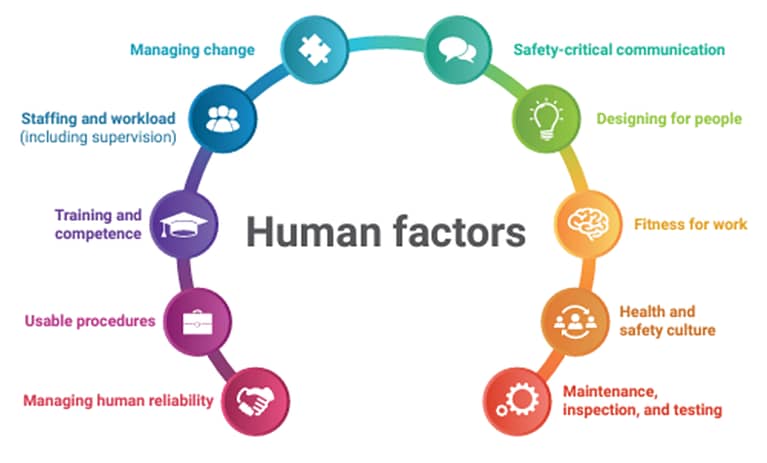
Hydrogen: a human factors perspective
By ANDREW SUTHERLAND, Director and Human Factors Specialist, HF Integration Pty Ltd Andrew Sutherland is the Director of HF Integration, a leading human factors consultancy based in Perth. He is […]

By ANDREW SUTHERLAND, Director and Human Factors Specialist, HF Integration Pty Ltd Andrew Sutherland is the Director of HF Integration, a leading human factors consultancy based in Perth. He is […]

This year, the HSA is focused on strengthening our national outreach and building our footprint in regional areas. To achieve this, we have established state-based Chapter Committees and national Working […]

There are massive renewable energy projects planned for the Pilbara region of Western Australia and most likely many more to come, but do we have any idea of the environmental and cultural impacts these projects will cause? Do we understand where these huge projects will go, what transmission corridors will be required, what port infrastructure is necessary and whether there is the technology, finance and even the time to do them?

Australia has the need for large scale, safe and cost effective storage solutions
Australia has the potential and ambition to transition to a hydrogen economy by 2050, increasing GDP by $26bn and creating almost 17,000 jobs Australia is expected to produce at least 20MT of hydrogen a year by 2050. To manage this volume of hydrogen, large scale, safe and cost-effective storage solutions will be required.
There have been several studies indicating that current surface hydrogen storage facilities, such
as pipelines or tanks, will not have sufficient storage capacity for future projected demand. Underground Hydrogen Storage (UHS) in geological formations can provide the necessary capacity to balance seasonal fluctuations in supply and demand and provide continuity in renewable energy supply.

Compared to blue hydrogen generated from splitting of natural gas along with the capture of CO2 through steam methane reforming and auto thermal reforming, green hydrogen can be produced by water electrolysis with zero carbon emissions. If combined with renewable energy resources such as solar and wind, green hydrogen can be generated with high efficiency. One of the key opportunities for increasing the efficiency of the water electrolysis process is to address the efficiency limitations due to gas bubble evolution.
Tremendous efforts have been dedicated to produce highly active catalyst materials. However, oxygen and hydrogen gas bubbles are at the same time redox-inactive as they inherently adhere and block the electrode surface. The amount of time spent by a number of evolving gas bubbles over catalysts would bear an energy penalty. This is a potential problem for the industrial use of water electrolysers in which hydrogen production is carried out by considerably large energy input. The urgency and the prospect of developing practical approaches to address the efficiency limitations due to gas bubbles needs a critical overview.

The recent survey by the hydrogen Society of Australia provided excellent insights into our current members and has given the committee much needed data to chart the way forward. The survey was issued to members on 13 February and taken offline on 24 February.

Hydrogen and fuel cell technologies have gathered increasing traction in recent years to reduce the use of fossil fuels and achieve net-zero emissions by 2050, with the launch of National Hydrogen Strategies in countries all around the world (ie. Canada, France, Japan, Australia, Norway, Germany, Portugal, Spain, Chile, and Finland, as well as the European Union). This brief perspective describes the personal career journeys in the green hydrogen landscape of three members of the Hydrogen Society of Australia (Lorie Jones, Raj Kurup and Quentin Meyer) over the last 40 years.